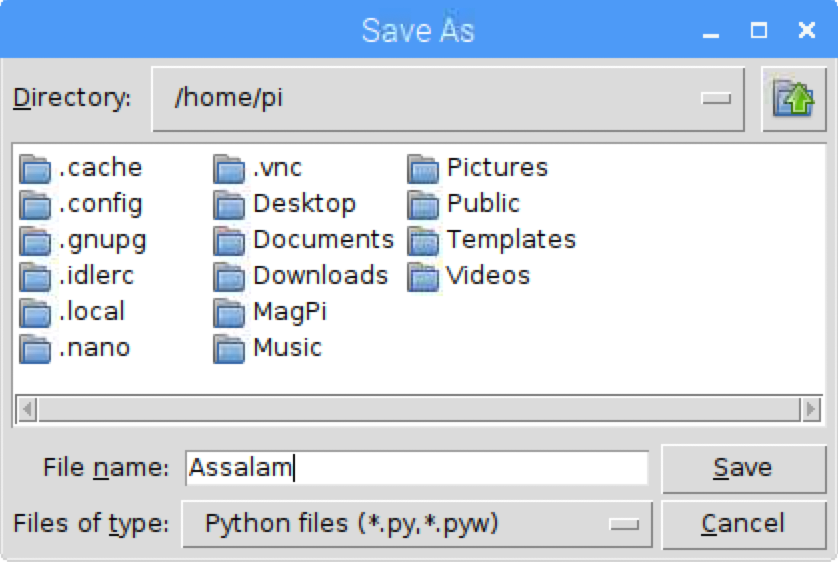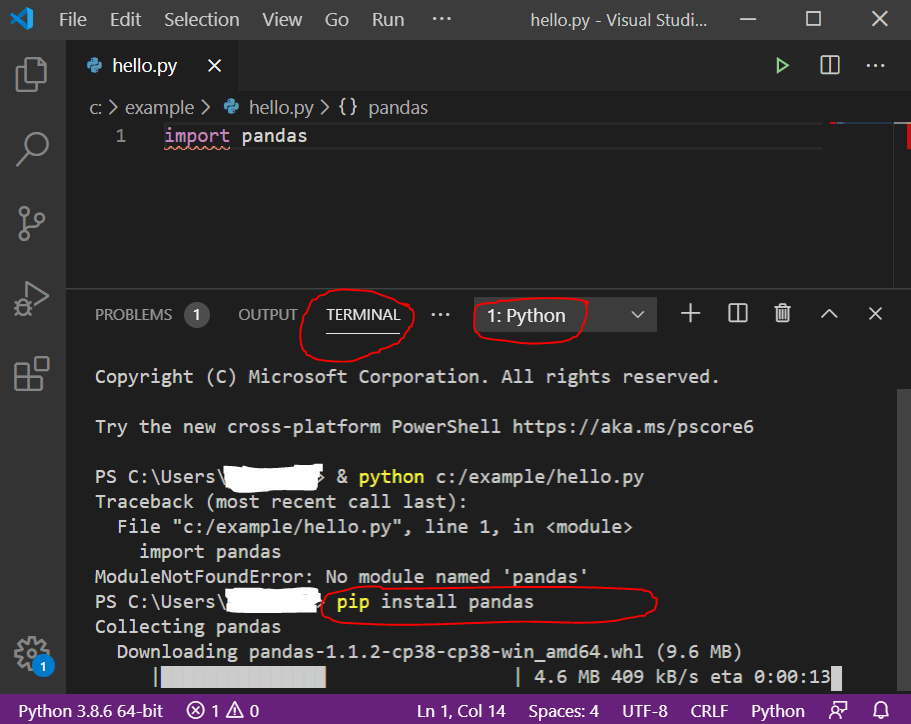

Importing everything with the asterisk (*) symbol is not a good programming practice. This includes all names visible in our scope except those beginning with an underscore(private definitions).

Here, we have imported all the definitions from the math module. We can import all names(definitions) from a module using the following construct: # import all names from the standard module math We can also import multiple attributes as follows: > from math import pi, e In such cases, we don't use the dot operator.

Here, we imported only the pi attribute from the math module. We can import specific names from a module without importing the module as a whole. Hence, math.pi is invalid, and m.pi is the correct implementation. Note that the name math is not recognized in our scope. This can save us typing time in some cases. We can import a module by renaming it as follows: # import module by renaming it When you run the program, the output will be: The value of pi is 3.141592653589793 We can import a module using the import statement and access the definitions inside it using the dot operator as described above. There are various ways to import modules. Standard modules can be imported the same way as we import our user-defined modules. These files are in the Lib directory inside the location where you installed Python.
BEST PYTHON MODULES THONNY FULL
You can check out the full list of Python standard modules and their use cases. Using the module name we can access the function using the dot. It only imports the module name example there. This does not import the names of the functions defined in example directly in the current symbol table. To import our previously defined module example, we type the following in the Python prompt. We can import the definitions inside a module to another module or the interactive interpreter in Python. The function takes in two numbers and returns their sum. Here, we have defined a function add() inside a module named example. Type the following and save it as example.py. We can define our most used functions in a module and import it, instead of copying their definitions into different programs. Furthermore, modules provide reusability of code. We use modules to break down large programs into small manageable and organized files. Modules refer to a file containing Python statements and definitions.Ī file containing Python code, for example: example.py, is called a module, and its module name would be example.


 0 kommentar(er)
0 kommentar(er)
